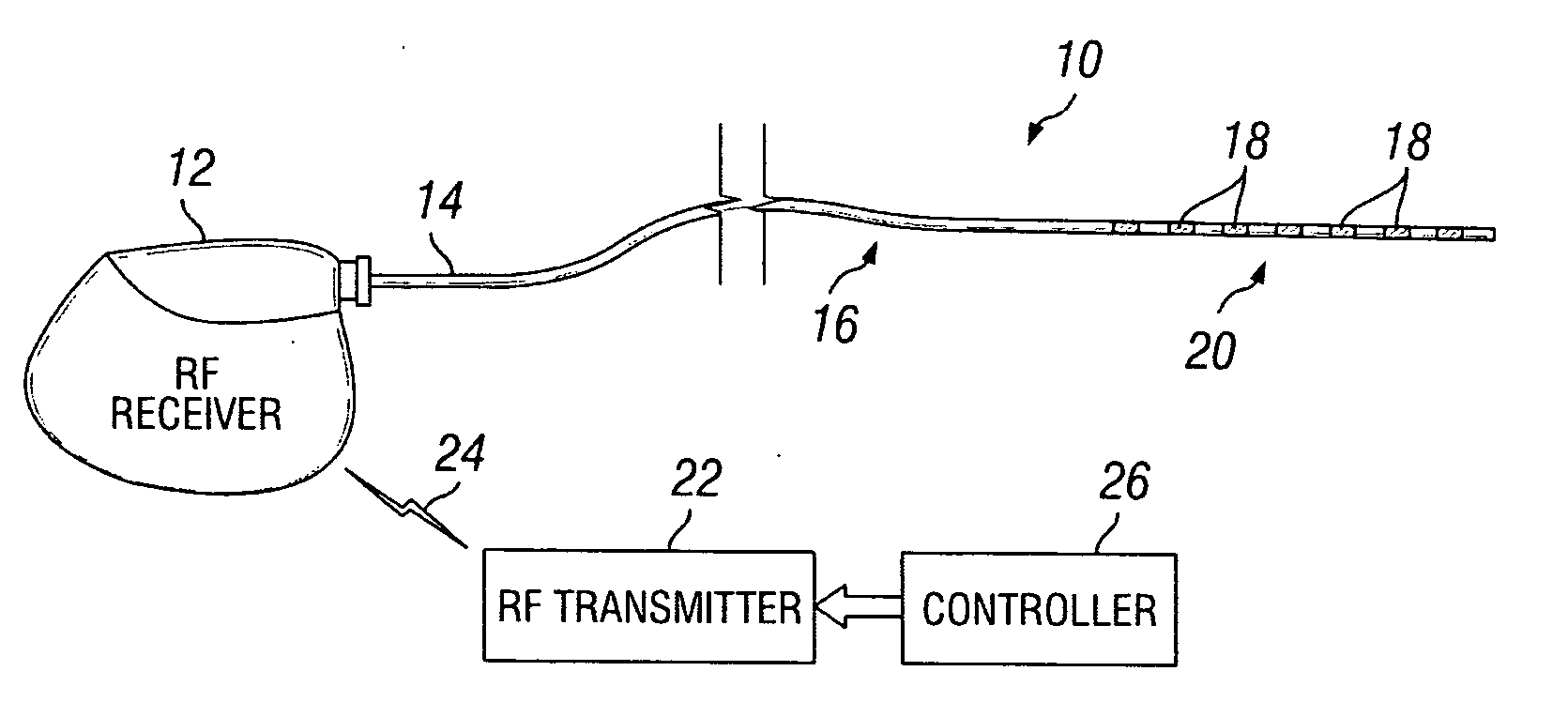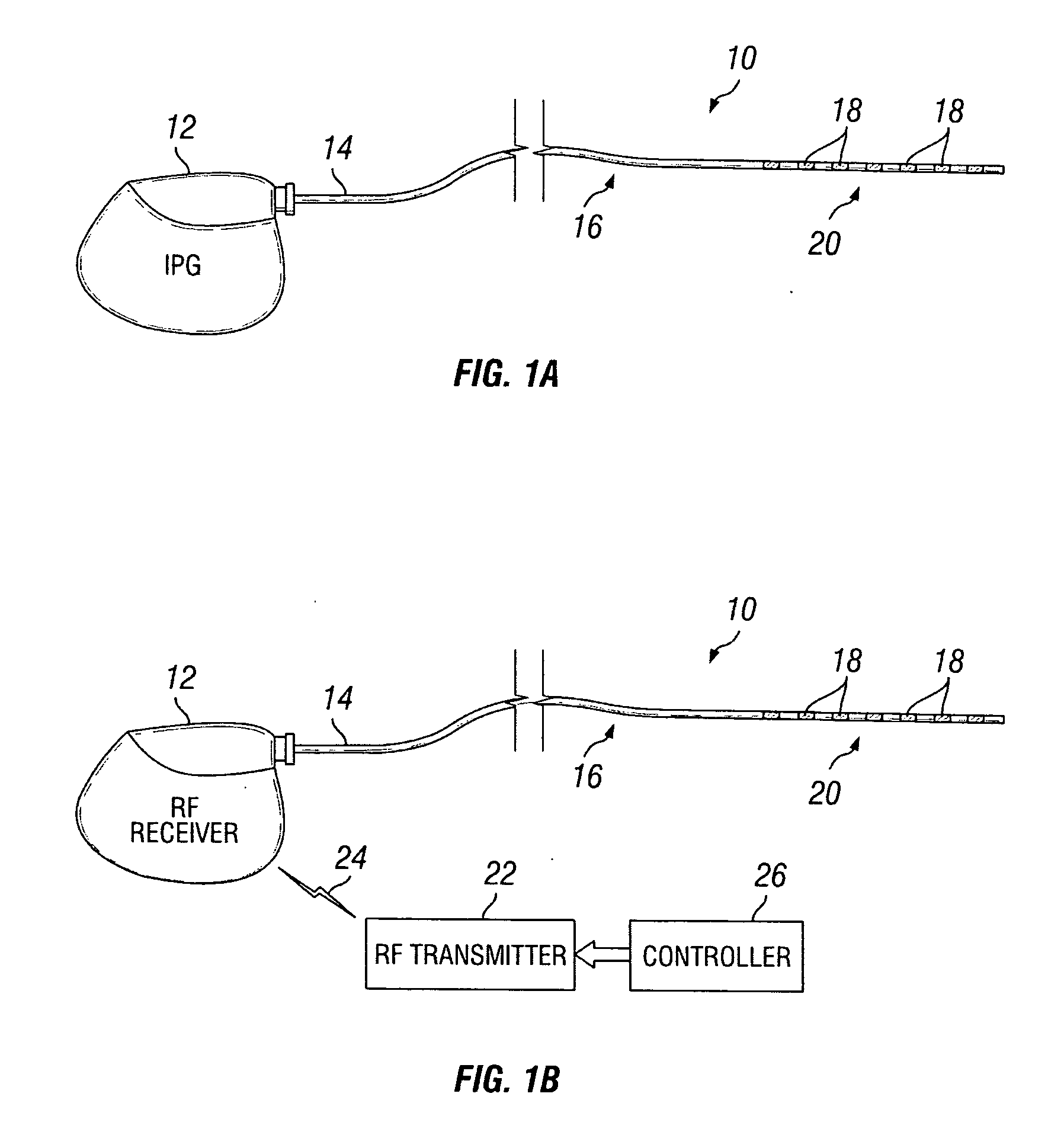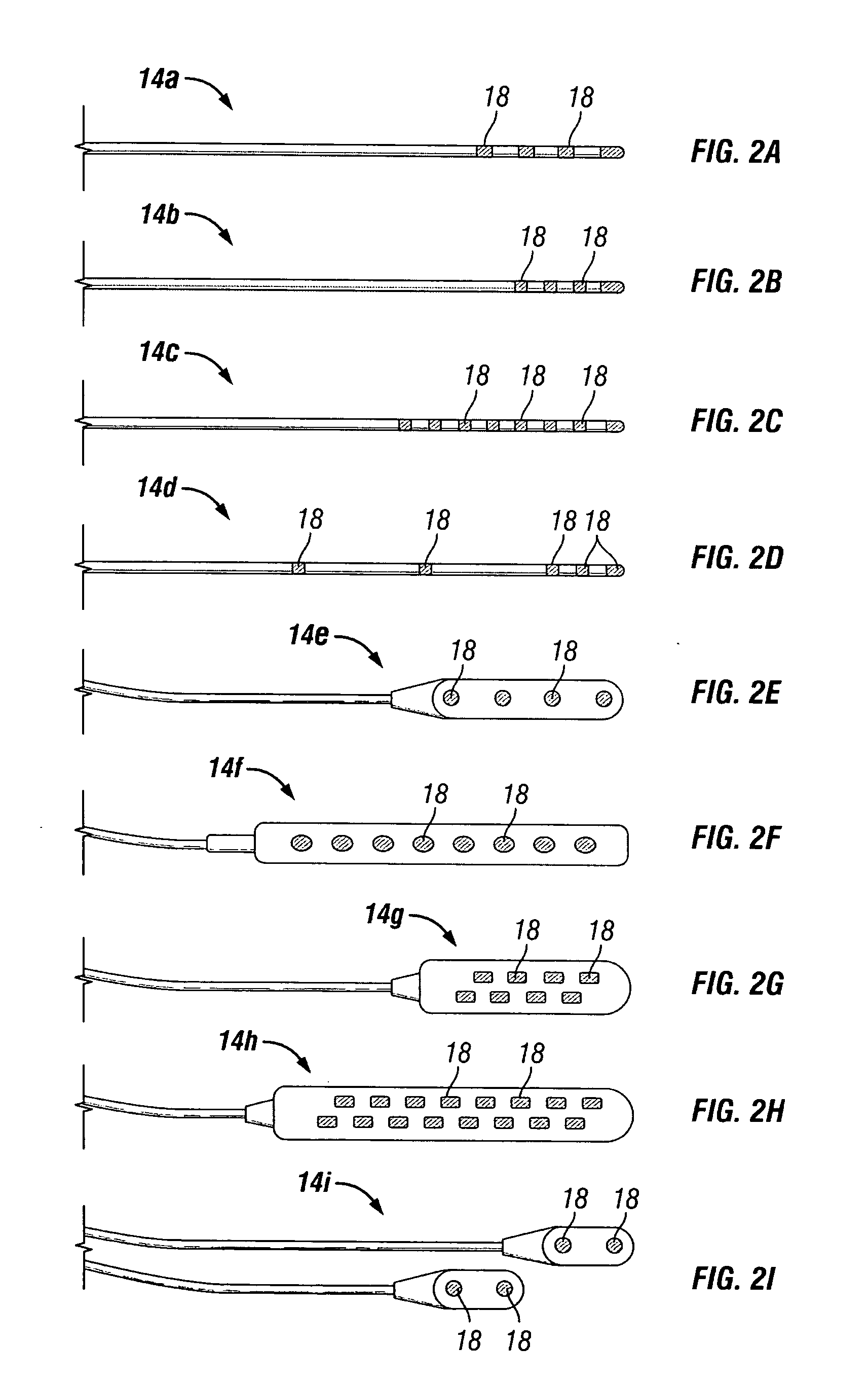New stimulation design for neuromodulation
- Summary
- Abstract
- Description
- Claims
- Application Information
AI Technical Summary
Benefits of technology
Problems solved by technology
Method used
Image
Examples
example
Burst Mode Neuromodulation Using TMS
[0204] It has been demonstrated that white noise does not react to electrical stimulation of the auditory cortex (De Ridder, De Mulder et al. 2005). Transcranial magnetic stimulation (TMS) is capable of verifying tinnitus suppression in a non-invasive way (Plewnia, Bartels et al. 2003; De Ridder, Verstraeten et al. 2005). However, effects of tonic transcranial magnetic simulation on synaptic plasticity are often weak, highly variable between individuals, and rarely last longer than 30 min. Theta burst TMS on the other hand produces a controllable, consistent, long-lasting, and powerful effect on motor cortex physiology and behavior after an application period of only 20-190 s (Huang, Edwards et al. 2005). In other words it is a more powerful way of modifying brain functioning.
[0205] To demonstrate that the above, 22 patients with unilateral white noise or narrow band tinnitus were evaluated using both tonic and burst mode transcranial magnetic s...
PUM
 Login to View More
Login to View More Abstract
Description
Claims
Application Information
 Login to View More
Login to View More - R&D
- Intellectual Property
- Life Sciences
- Materials
- Tech Scout
- Unparalleled Data Quality
- Higher Quality Content
- 60% Fewer Hallucinations
Browse by: Latest US Patents, China's latest patents, Technical Efficacy Thesaurus, Application Domain, Technology Topic, Popular Technical Reports.
© 2025 PatSnap. All rights reserved.Legal|Privacy policy|Modern Slavery Act Transparency Statement|Sitemap|About US| Contact US: help@patsnap.com



